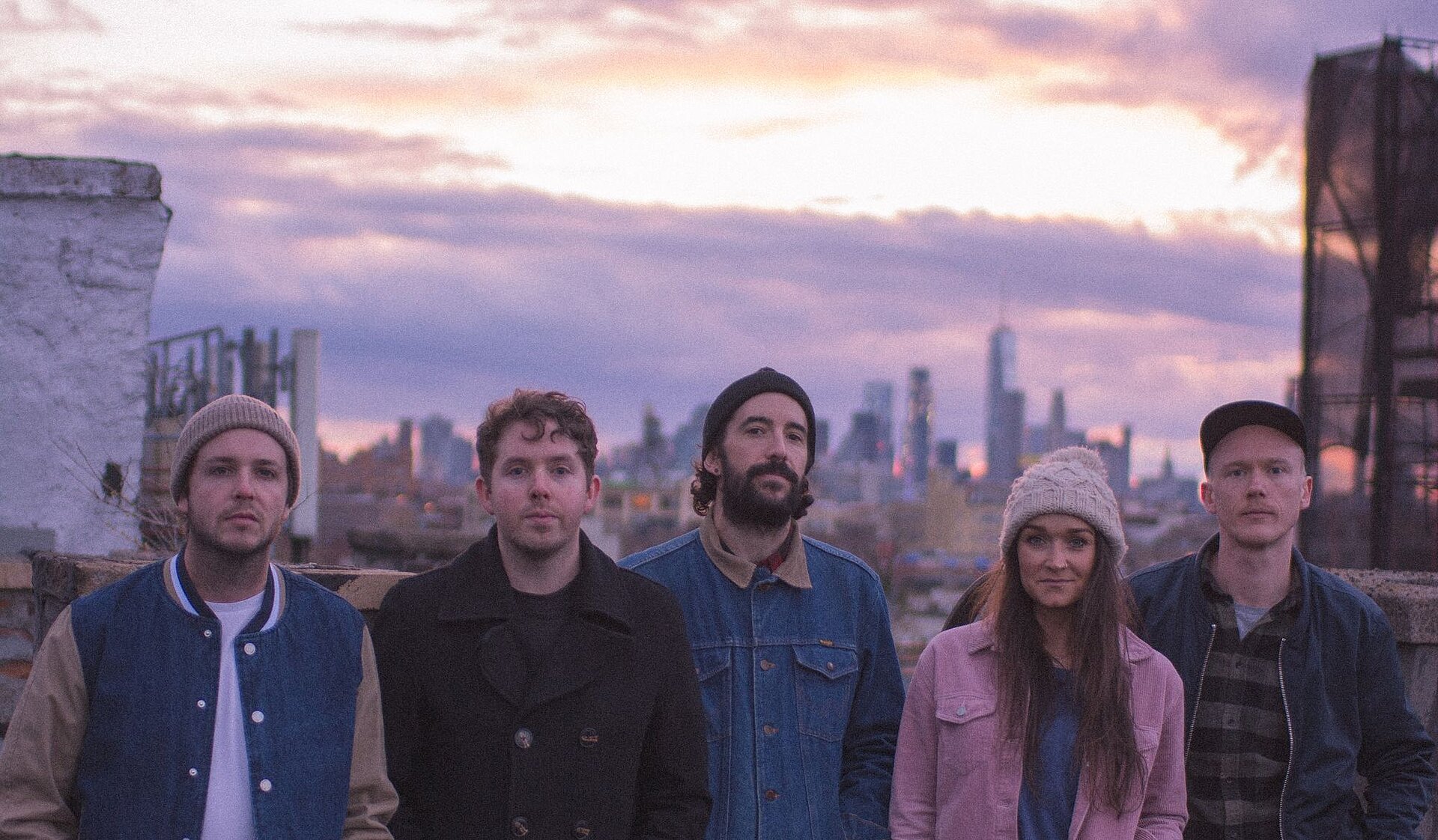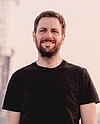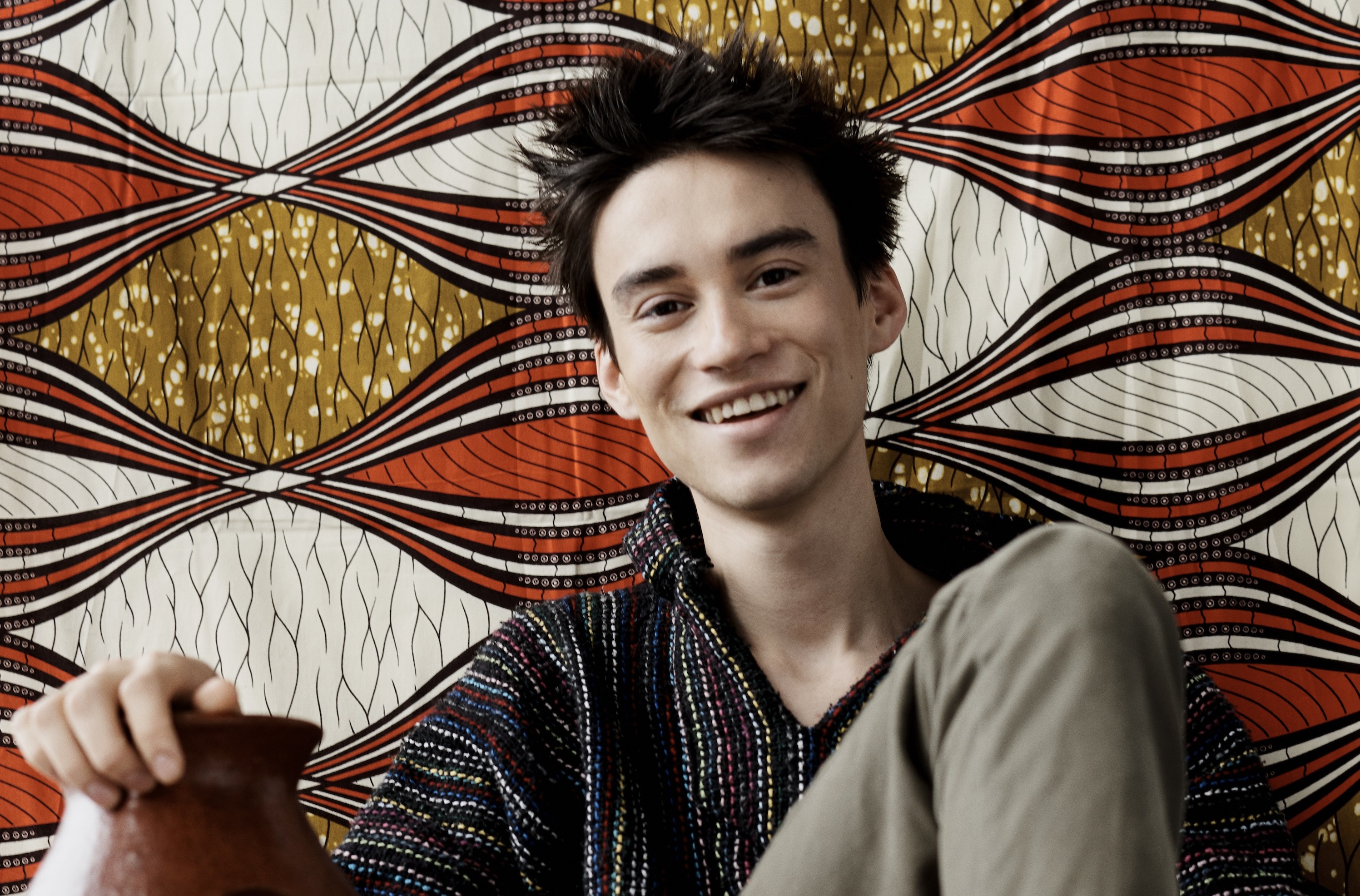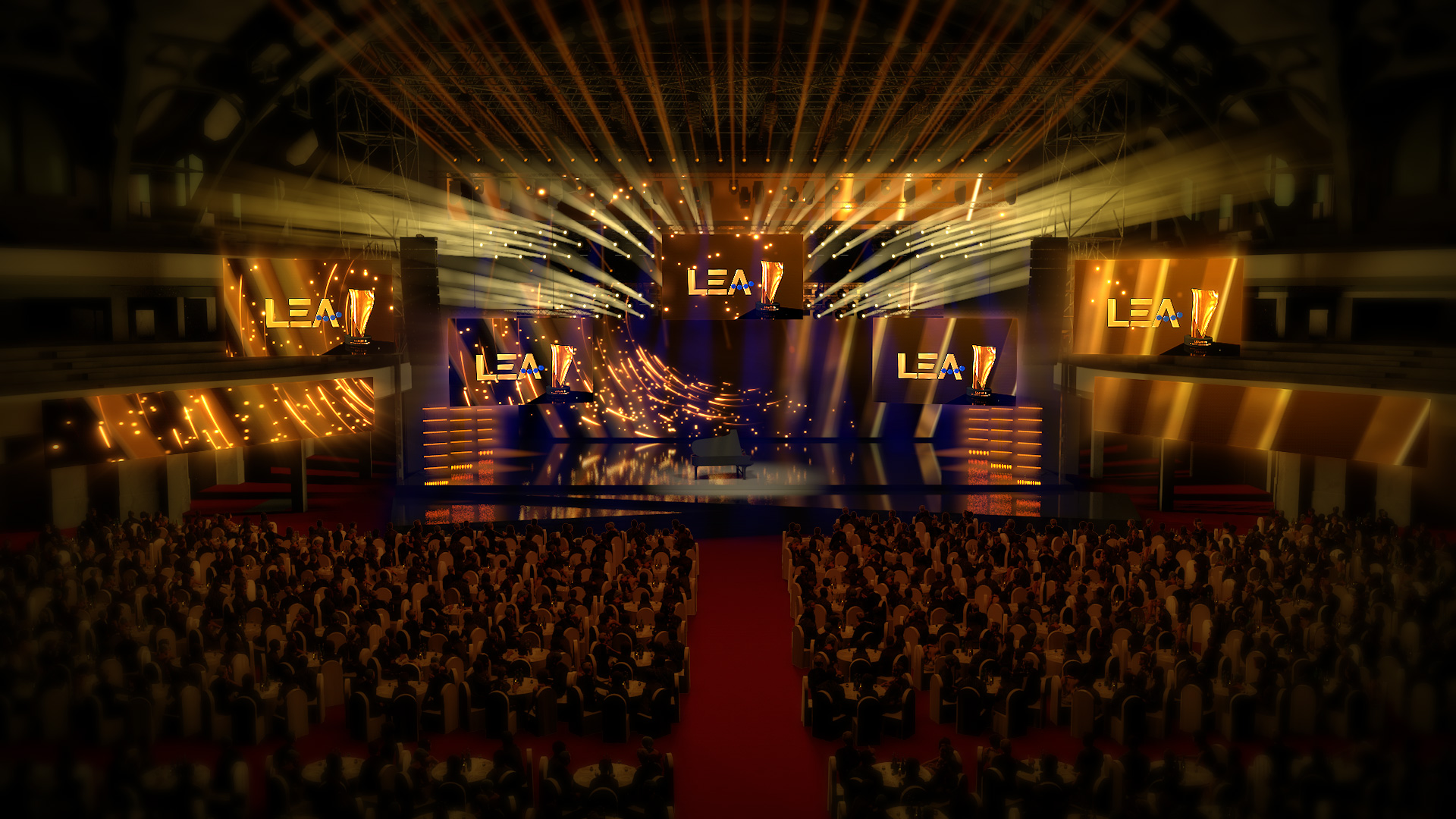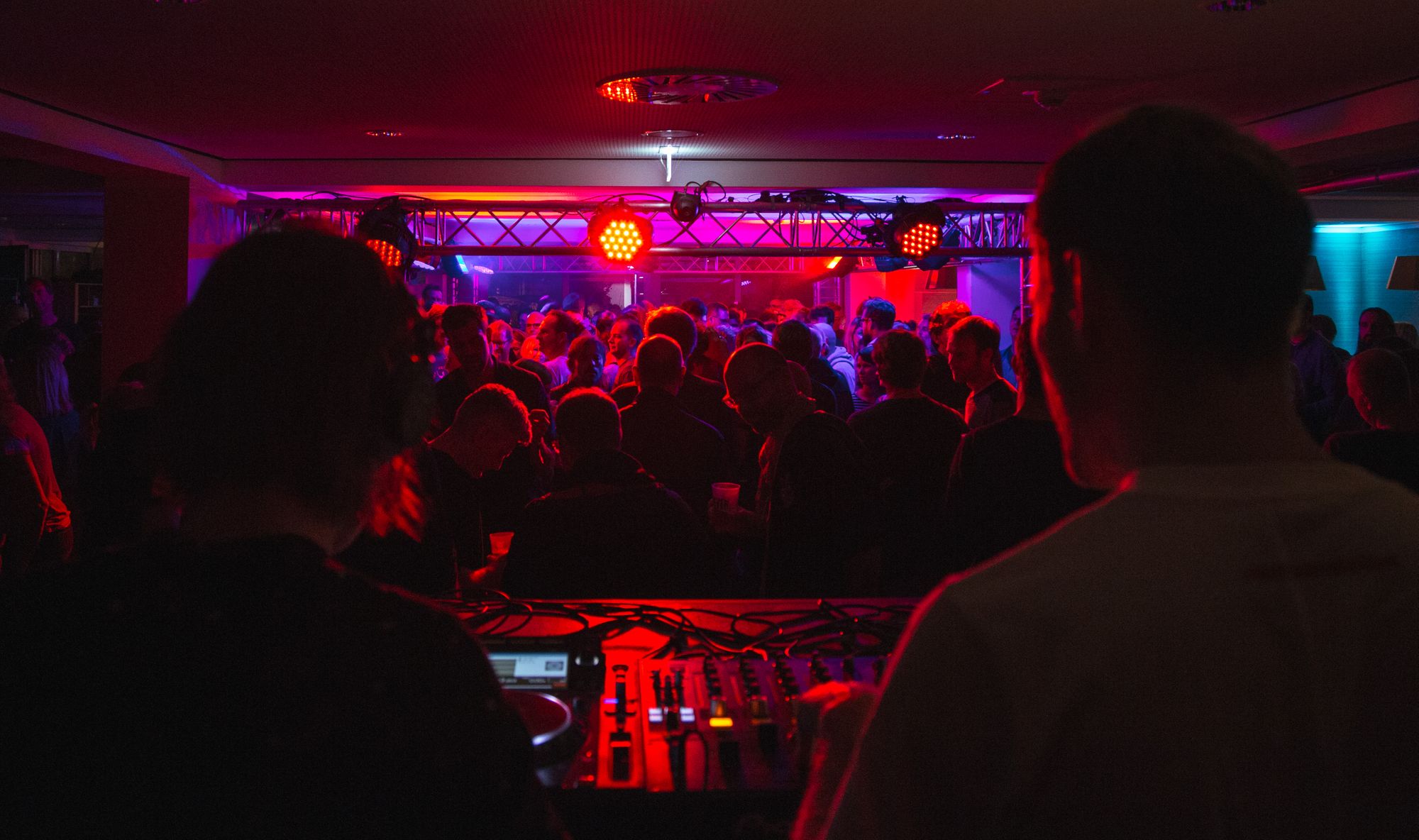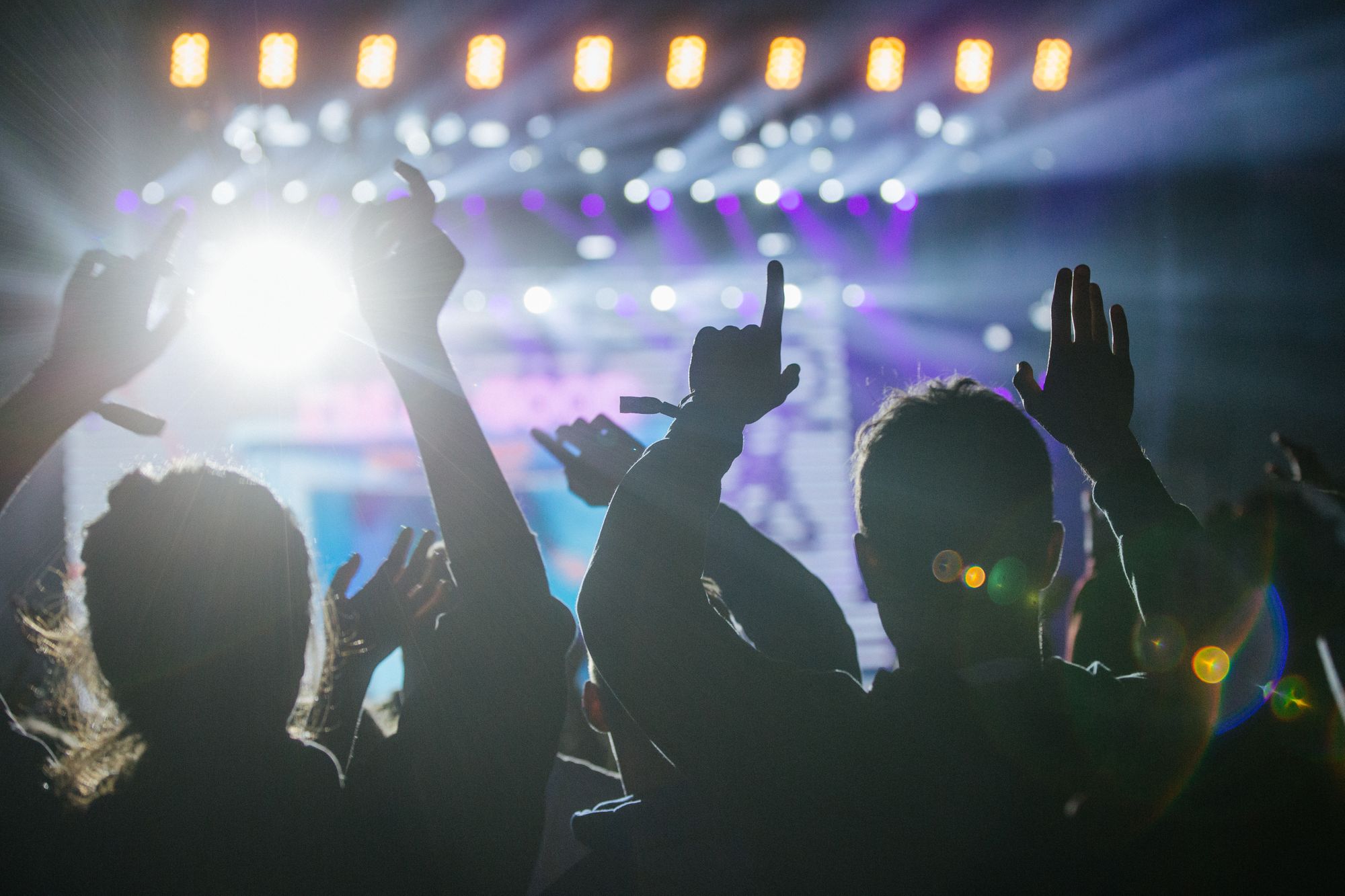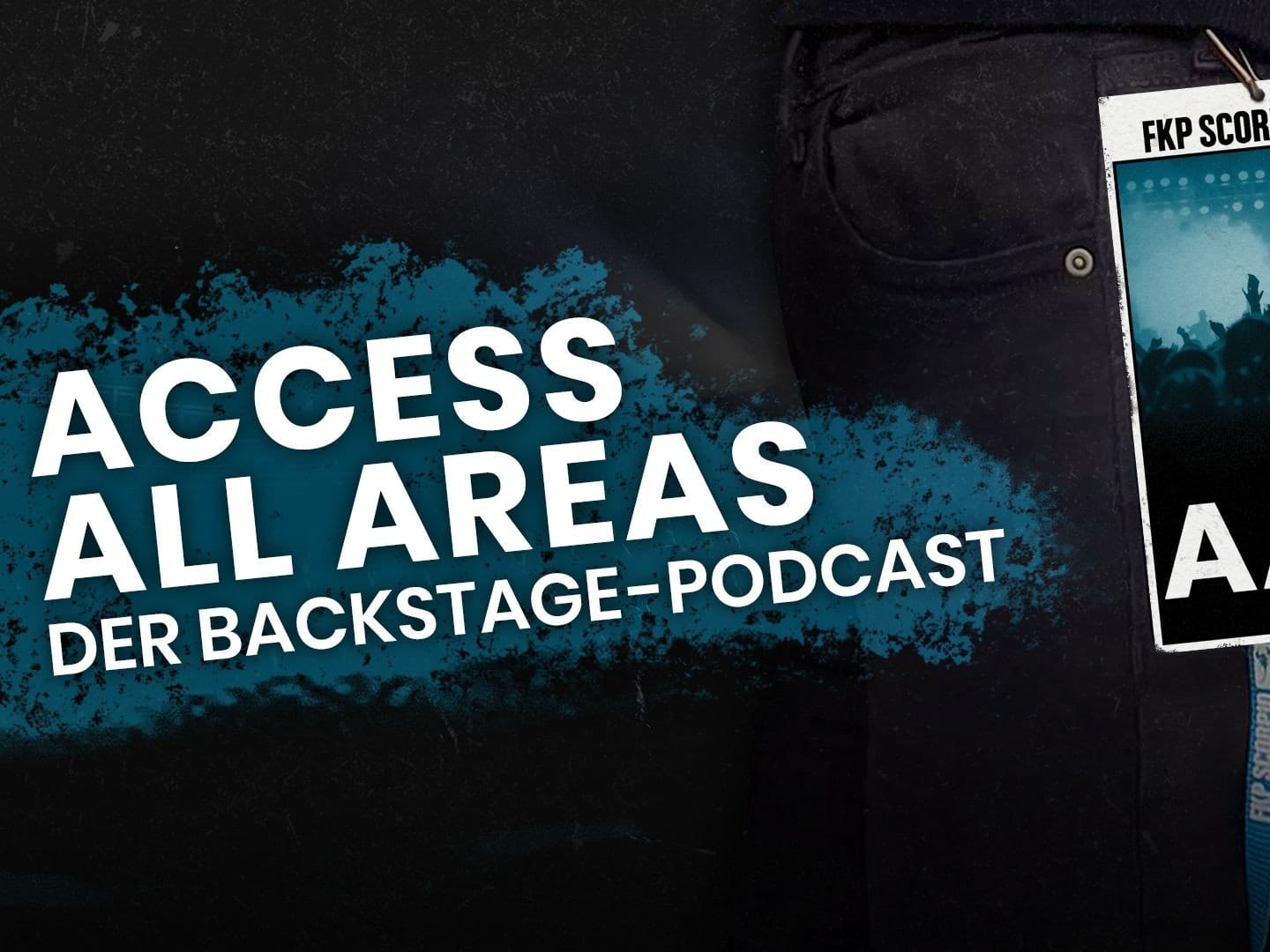Zumindest, wenn Frontmann Sam Bentley während des Konzerts nicht kurzerhand die Beleuchtung ausschalten lässt. In Hamburg haben die fünf Freunde aus Melbourne mal wieder bewiesen, dass sie für intensive Momente keine Bühnenshow brauchen. "Wir machen einfach mal das Licht aus, damit ihr euch auf den Song konzentrieren könnt", sagt Bentley. "Was erwartet ihr? Wir sind alle traurige Menschen, das ist schließlich eine Paper-Kites-Show." Nicht nur sein Lächeln verrät, dass er das nicht wirklich ernst meint: Schon seit ihrem Durchbruch mit "Bloom" schätzen Fans die ruhige Kraft ihres Songwritings, mit der sie das flüchtige Gefühl von positiver Melancholie in Töne überführen. Auch wenn ihr Sound mit den Jahren gewachsen ist und Folk-Klangfarben öfter zugunsten von Synth-Riffs zurücktreten, hat sich an dieser Qualität nichts geändert. Während "On the Train Ride Home" ruhiger und intimer arrangiert ist, reizt die Band ihre klanglichen Möglichkeiten auf der Midtempo-Platte "On the Corner Where you live" stärker aus. Zum Auftakt erklingen Klavier und Saxophon zu Regen und Verkehrsgeräuschen, so klingt New York nach der Sperrstunde. Klanglich und konzeptuell bewegen sich die neuen Songs irgendwo zwischen Pop, Folk und Film Noir - nur, dass bei ihnen ein Happy End immer möglich scheint. Eine Mischung, die live eine besondere Intensität entfaltet. Das Publikum jedenfalls wollte die Australier nur ungern gehen lassen. Ein Glück, dass "The Paper Kites" auch für den durchschnittlichen Hamburger Nachhauseweg den perfekten Soundtrack liefern.
Wer jetzt neugierig geworden ist, hat 2019 die Chance, The Paper Kites erneut in Deutschland zu erleben: Im Herbst kommen die Australier nach Erlangen, Frankfurt und Dresden. Infos und Tickets gibt es hier.
Regelmäßige internationale Tourneen, fast 47 Millionen YouTube-Views und mehr als 260 Millionen Streams: The Paper Kites sind auf Erfolgskurs. Vor ihrem Konzert in Hamburg haben wir mit Bassist Sam Rasmussen über ihre Erfolge und Pläne für 2019 gesprochen:
Is this your first time in Hamburg?
Actually, it’s our third, we played here two times in 2016.
…And since then you’ve undoubtedly been quite busy, right?
Yeah, since then we’ve spent a lot of time in North America, generally did a lot of travelling and released two albums as well.
Speaking of which, the last two albums “On the Train Ride Home” and “On the Corner Where you live” were both released in short succession last year. Could you explain the creation of both releases?
Sure, we split them into a kind of softer acoustic album and a full band-album. The first album was recorded locally in Melbourne, where we live and a friend of ours has a studio. A lot of what you can hear stems from Sam Bentley, who is our main singer and songwriter. This release mainly showcases our quiet and acoustic side, which is an important part of our sound. Quieter songs are also very popular with our fans, a lot of people seem to like our mellow side. As soon as we finished recording, we started rehearsing and writing for the next album. In April of 2018, we went to Bridgeport in Connecticut and spent five great weeks there living in a mansion filled with studios. We worked with producer Peter Katis (Interpol, The National) and recorded everything in the course of those five weeks.
So the production of both albums was quite different, although there is a conceptual connection between the two.
Yes, both albums work on their own, but also complement each other and can be purchased as a set. They’re two sides of the same coin, two faces of what we as a group can sound like.
Both releases are thematically closely related to city spaces, what’s the reason for this?
True, they are sort of set in New York City. We’ve been there a while ago, and one evening we came back to our hotel after a show, intending to just get some sleep. But then someone opened the blinds and we could see this very big apartment building across the street with lots and lots of windows. We ended up just sitting there for ages, just watching. You see, there were so many things happening: A party, someone arguing, someone dancing on their bed – all those things were happening in front of us and we just found it really fascinating. So you could say that each song on those two albums is a story from a different window, a snapshot of someone else’s life from a distance. So there are references in the songs to New York, but it’s really a sort of New York-inspired fictional city.
How has your music evolved since “Bloom”, the song you’re probably best known for?
There is a huge difference. When Bloom was written, we weren’t even really a band, we were just friends also playing in other bands, and we’ve been only playing music together in a café or at a friend’s wedding, just for fun. Back then, we also didn’t use any electric instruments, our sound was determined by acoustic guitars, banjo, mandolin, ukulele, and so on. Since then, a lot has changed. The sound has gotten a lot bigger, we’re obviously a real band now, and I guess we wouldn’t have considered us to be professional musicians back then. We were just young and having fun with it. Now, we’ve played hundreds of shows with lots of different instruments, we worked with a lot of different producers and bands – it’s a very different outfit now.
And you’ve had a whole bunch of success and international acclaim, if I may add. You still got your day jobs?
Yes, the thing about being Australian musicians is that we condense our touring into limited periods of time before coming back home to our families and lives. Although we play a lot, we spend a lot of time at home as well, just because we always have to travel far. Our music is indeed growing, but it’s not practical to make a living out of it. We found a good balance which just works very well.
What are your plans for 2019?
First off, we’ll finish this tour. Then, we’ll directly start the next tour in Australia and New Zealand. Apart from that, we’re currently working on the second half of the year, it’s all being pieced together now. It’s looking like much more touring in Europe and North America, so we’ll definitely be coming back later in the year.
Sam, thanks for taking the time. We would be happy to have you back.
